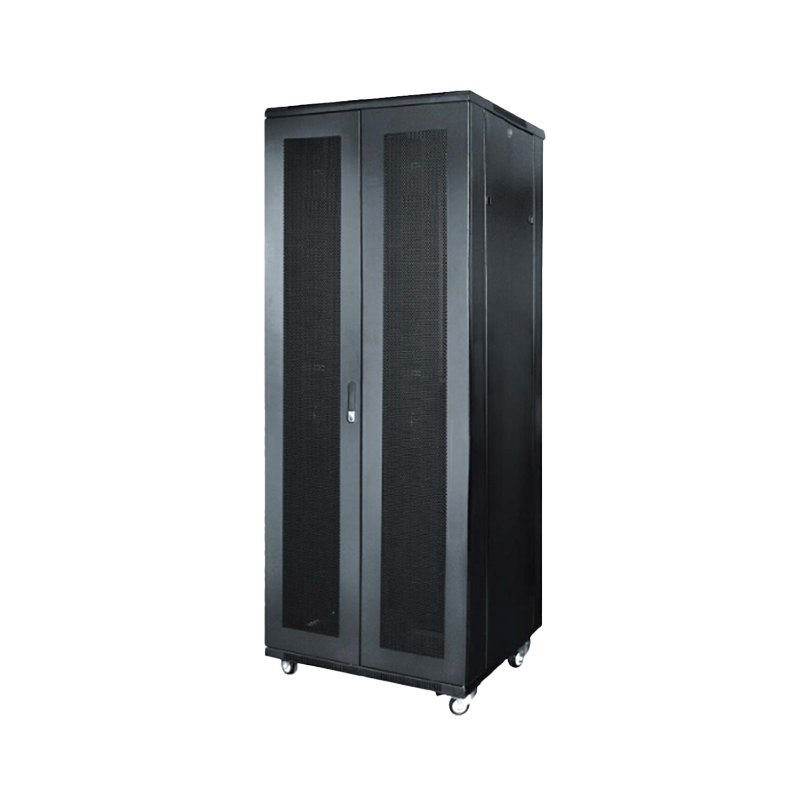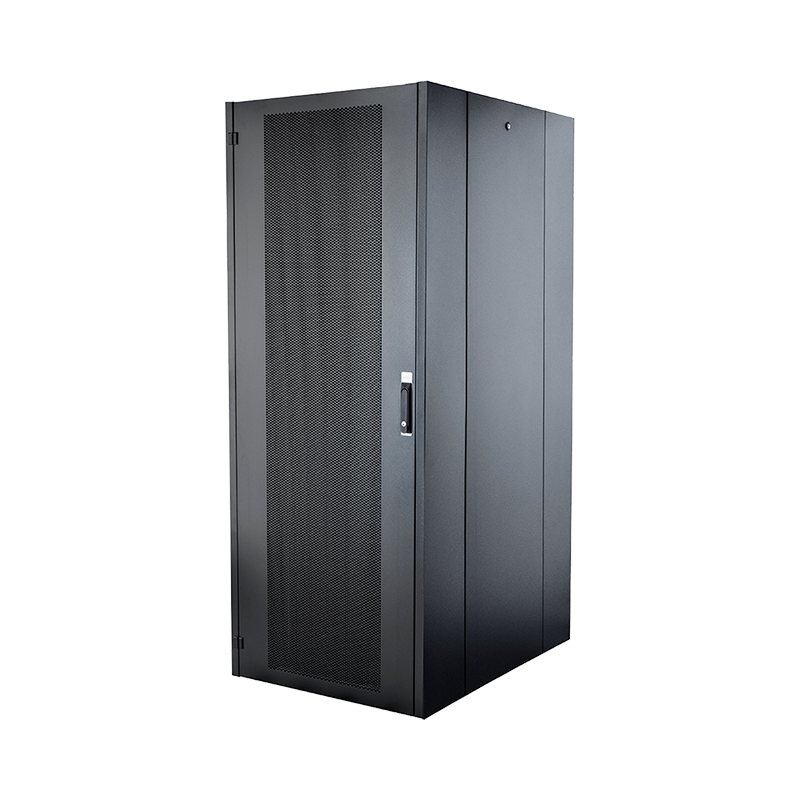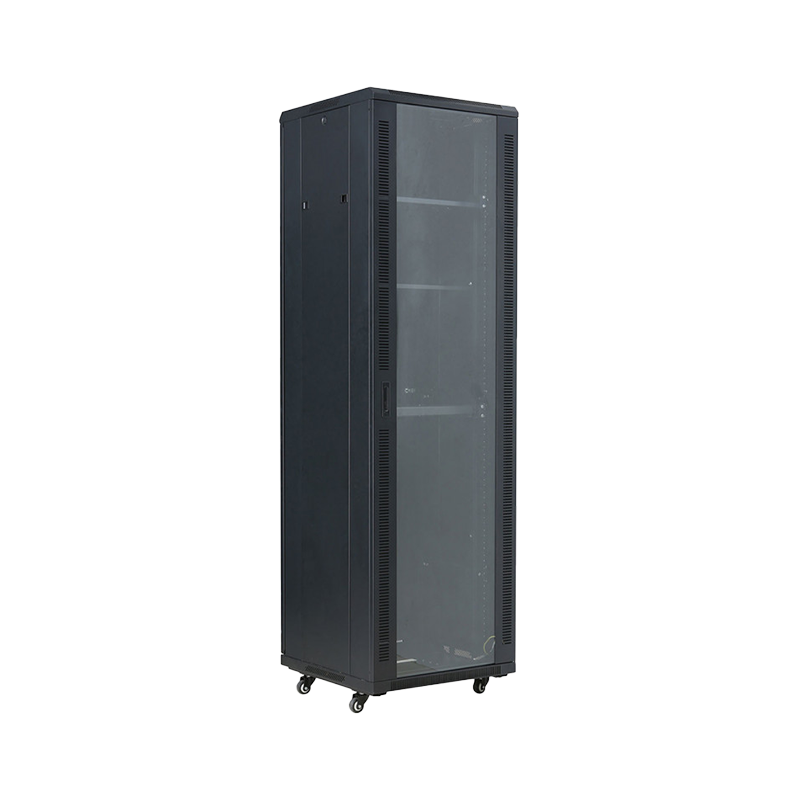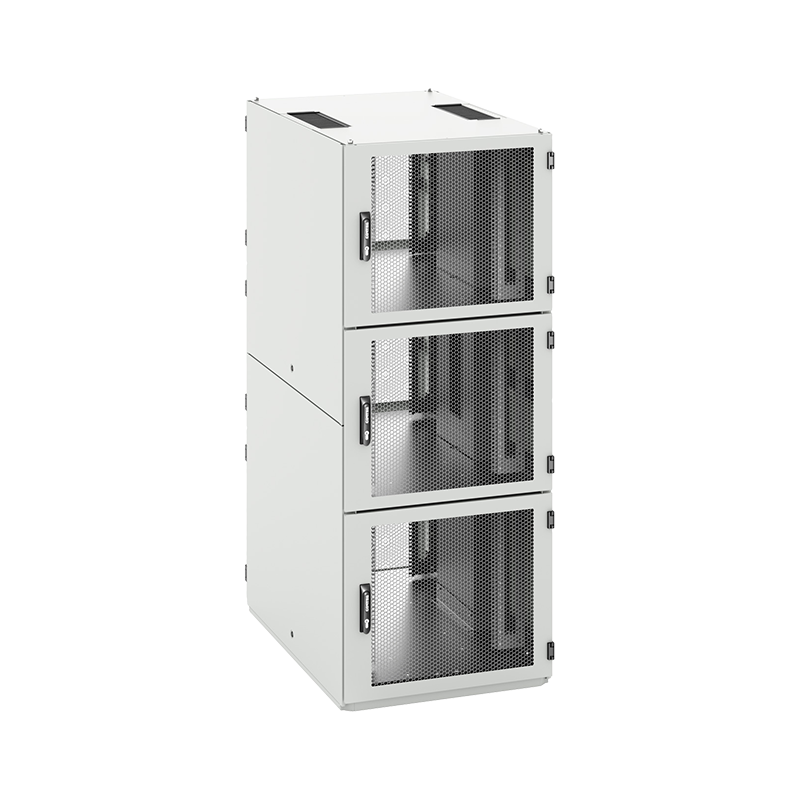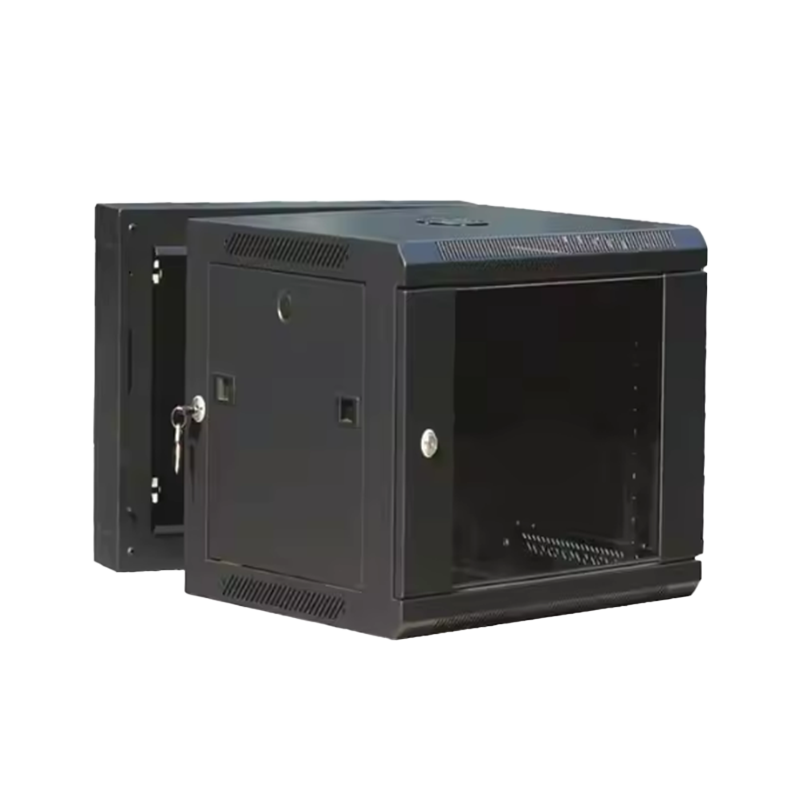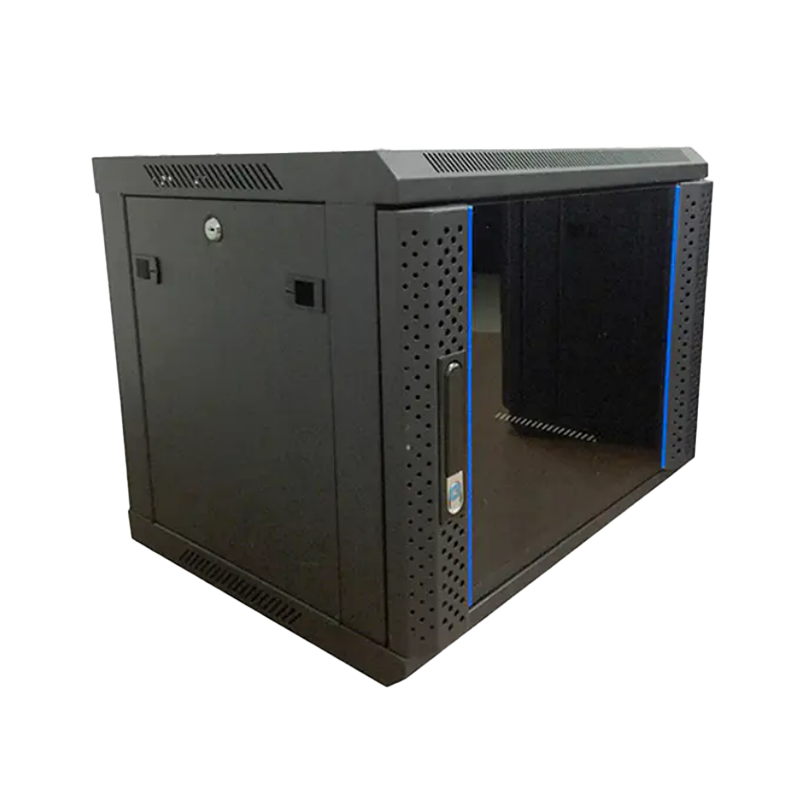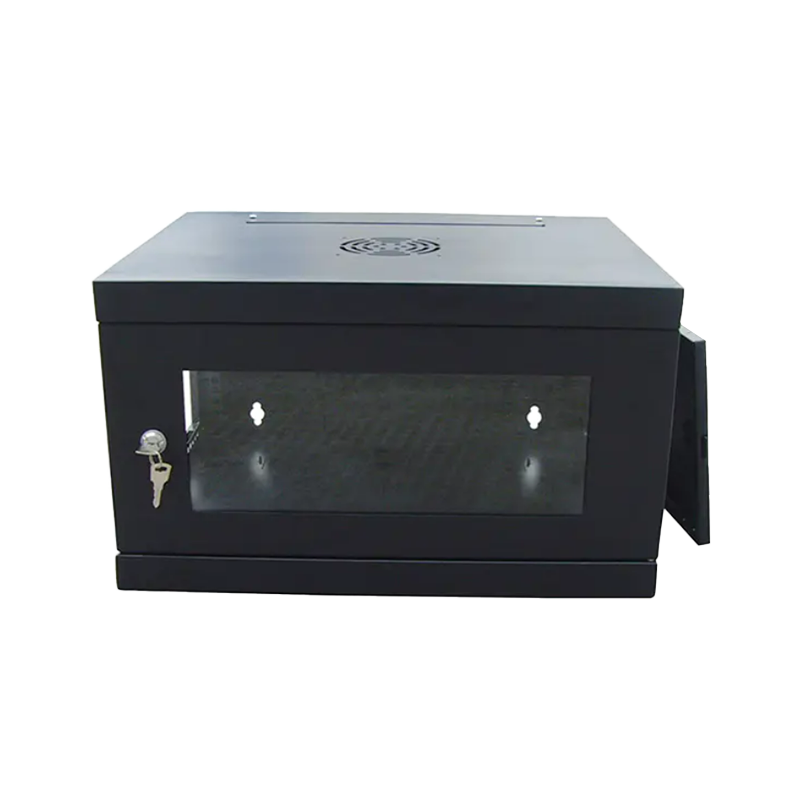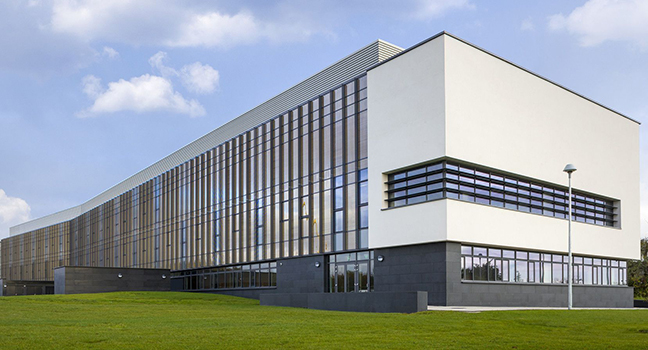Ningbo Cixi Communication Technology Co., Ltd.
Ningbo Cixi Communication Technology Co., Ltd. established on February 2, 2024, and located in Ningbo City, Zhejiang Province, China, is a company focusing on the design, research and development, production, and trade of network cabinets and charging cabinets. We are committed to providing good services and products by leveraging advanced equipment and manufacturing technology.
We offer comprehensive solutions for communication equipment infrastructure, providing one-stop services for the installation of network communication equipment and charging needs. We continuously pursue transformation and upgrading, not only emphasizing product safety but also focusing on product intelligence, striving to provide customers with smarter, more convenient, and efficient solutions.
As a professional
OEM 12U-47U free standing cabinet for network equipment Manufacturers and
ODM 12U-47U free standing cabinet for network equipment Suppliers in China, Our products feature safety, reliability, intelligence, efficiency, and ease of operation. With our in-house design team, we provide professional OEM/ODM services to meet various needs in different scenarios, whether in network data centers, enterprise offices, public transportation hubs, commercial premises, or personal residences.
As a startup company, we prioritize technological innovation and quality management. With a passionate and creative team, we are dedicated to integrating the latest technology into our products to create greater value for customers.
Whether you are an enterprise customer or an individual user, Ningbo Cixi Communication Technology Co., Ltd. will wholeheartedly provide you with the quality products and services, collaborating with you to create a better future together.
